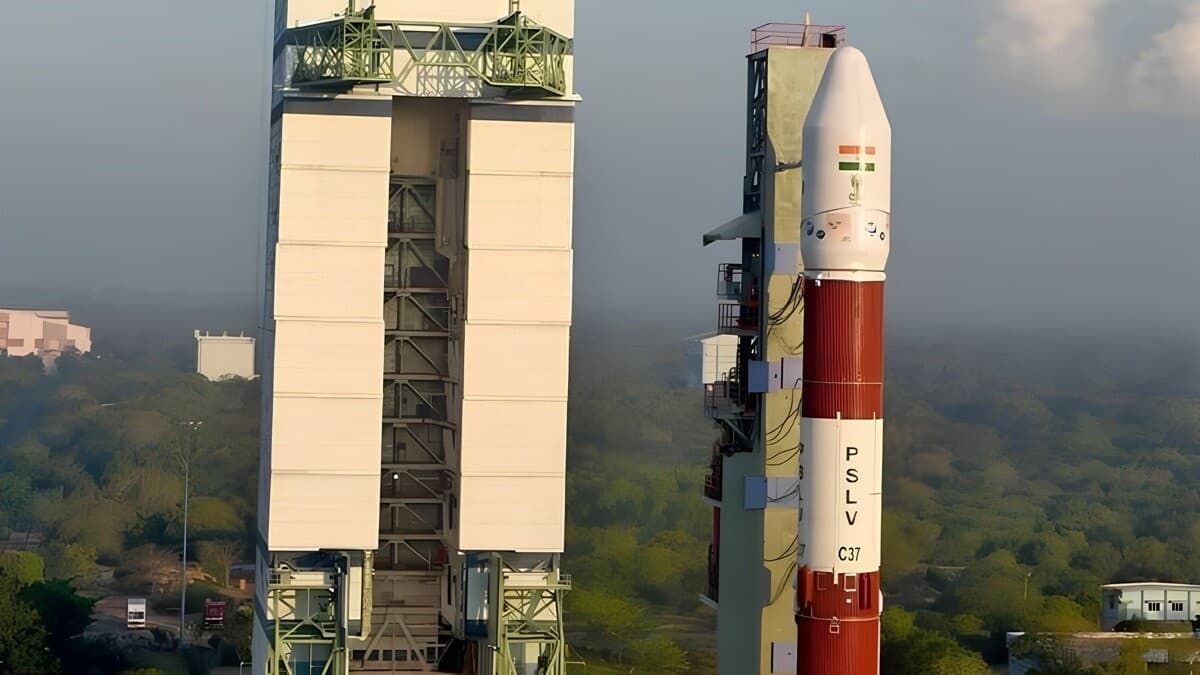
ISRO's PSLV-C37, which launched 104 satellites, falls into Atlantic Ocean
What's the story
The upper stage of India's Polar Satellite Launch Vehicle (PSLV-C37), which made history by launching a record 104 satellites in 2017, has safely re-entered Earth's atmosphere. The event brought an end to its almost eight-year journey in space. The debris from this re-entry fell into the North Atlantic Ocean. This development highlights India's commitment to responsible space practices and debris mitigation.
Historic launch
PSLV-C37's historic mission and post-launch journey
PSLV-C37 was launched on February 15, 2017, from India. The mission's primary payload was Cartosat-2D, along with 103 co-passenger satellites, which included two Indian nanosatellites and several international small satellites. Post successfully injecting all satellites into their respective orbits, the upper stage (PS4) of the rocket was left in an orbit of about 470 x 494km.
Debris management
Monitoring and debris mitigation efforts
Over time, PS4's altitude gradually diminished due to atmospheric drag. This was monitored by the Indian Space Research Organisation (ISRO) via its IS4OM (ISRO System for Safe and Sustainable Space Operations Management) facility. The re-entry took place as predicted by both US Space Command and IS4OM. The event is in line with international debris mitigation guidelines, that recommend limiting the post-mission orbital life of objects in Low-Earth orbit to 25 years.
Future strategies
ISRO's future plans for space debris reduction
ISRO is already working on reducing the orbital lifetime of PSLV upper stages to five years or less, with controlled de-orbiting maneuvers. Missions like PSLV-C38, PSLV-C40, PSLV-C43, PSLV-C56, and PSLV-C58 have already adopted these practices. ISRO also wants to introduce controlled re-entry of upper stages in future PSLV missions, under its Debris Free Space Mission (DFSM) objectives for implementation by 2030.